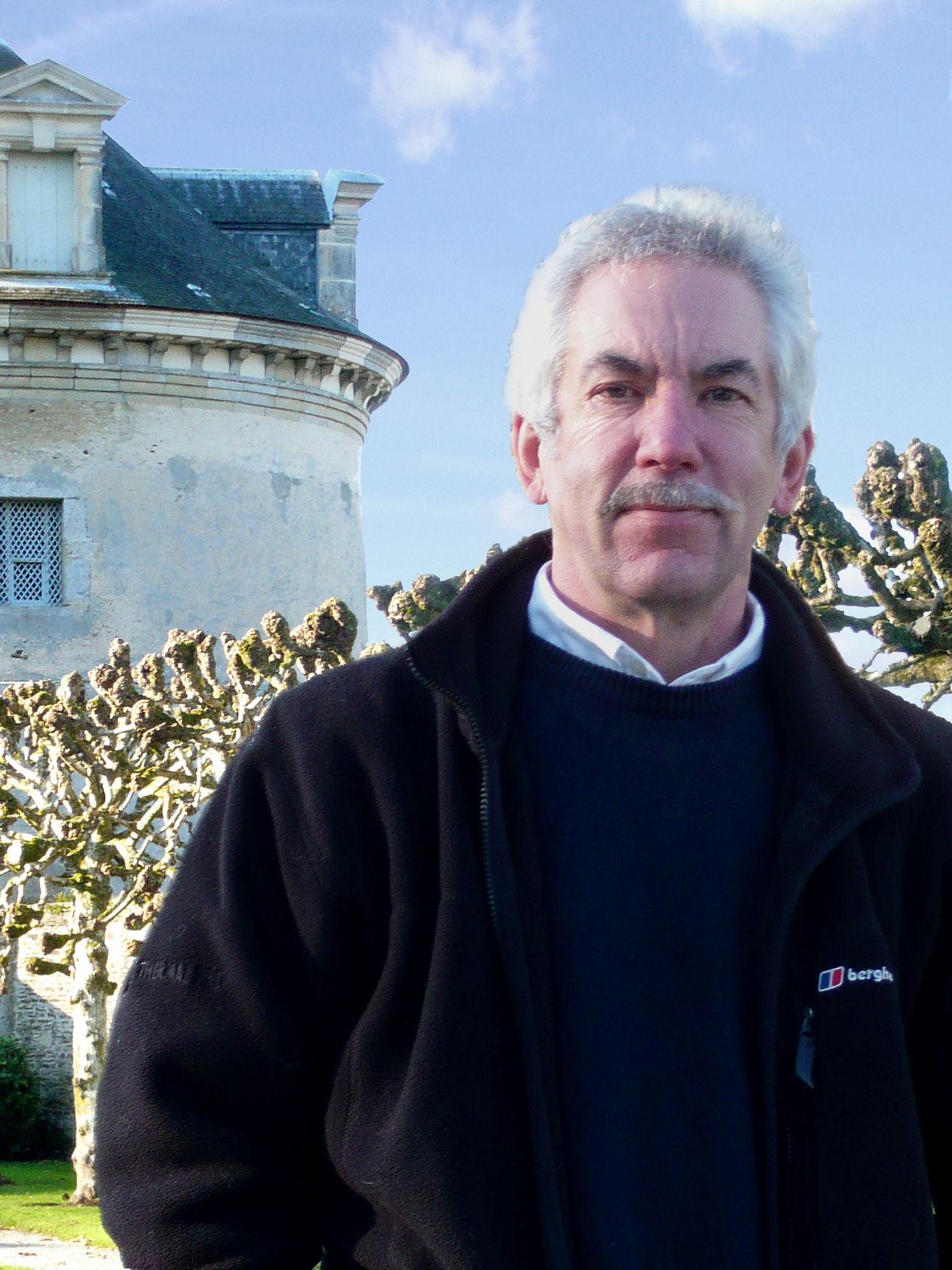Stephen
Diagnosed with mantle cell lymphoma, Stephen talks about living in France and taking part in a clinical trial.

‘While on holiday in France, we fell in love with a derelict mill and made the spontaneous decision to buy it. That was over 23 years ago, and we have lived, worked and continued to restore the mill in France ever since.
As an estate agent, mostly working with English people buying property in France, I had no intention of slowing down despite being 63.
Early in 2016, I noticed a lump growing on my jawline. I didn’t think much about it as I thought it was just probably a fatty lump, like the sort that sometimes comes with age. It wasn't painful, but it was a bit of a nuisance. I mentioned it at a dental appointment and he suggested I see my GP. I left it a few months, but around September 2016, I decided to go to my doctor. He referred me to an ear, nose and throat (ENT) specialist.
I had an ultrasound scan, which was inconclusive, so an MRI scan was organised. I saw the ENT specialist again, who said I would need to have the lump removed. Looking back, I now realise this was a biopsy, but in my mind they were just taking the fatty lump away.
I was called in and told I had lymphoma. Suddenly my world collapsed.
I had heard of lymphoma as one of my friends in the UK had been treated for it three years beforehand. But a bit of investigation on the Lymphoma Action website quickly made me realise that lymphoma isn't just one cancer; there are many different types.
My diagnosis was mantle cell lymphoma stage 3 with my lymph nodes and spleen affected. I now realise that at the age of 63 and a man, I am the classic profile of someone with this type of lymphoma.
I was referred to the haematology clinic in the regional capital in France. I knew I was going to be in for some chemotherapy and having read around it, believed I would have R-CHOP. However, my consultant asked if I would be interested in a clinical trial called LyMa 101. Initially I was worried about being a guinea pig, but he went through the strict protocol in detail.
For the trial, the rituximab element (the R in R-CHOP) would be replaced with obinutuzumab (Gazyva®). My chemotherapy was also changed from CHOP to DHAP. It was explained that if I joined the LyMa 101 trial it would include an autologous stem cell transplant, using my own stem cells. This would be followed by 3 years of immunotherapy using obinutuzumab.
Part of my reason for taking part in the trial was that I understand how important it is to get people involved in trials in order to have data to analyse. But I also realised that I would still get good treatment and a lot of care and follow-up.
I had a central line fitted in my chest in December 2016 and chemotherapy began in February 2017. I was an in-patient for 2 days each time as they delivered the chemotherapy very slowly. I then had three weeks to rest. This was carried out for four cycles.
I had the usual side effects that I had been expecting, such as hair loss and fatigue, but the thing that I really noticed was how awful everything tasted.
Just before the fourth chemotherapy, they took me in to harvest my stem cells. I was given growth factors which increased my production of stem cells. I was connected to a machine while the cells were harvested, followed by the final chemotherapy.
I had a break in treatment of about a month, and then I was taken into hospital for my autologous stem cell transplant. I had read about the process and thought I knew what I was in for. But nothing prepared me for how tough it was. I had most dreaded the idea of the isolation, but the BEAM chemotherapy was really awful. I went downhill really quickly and struggled mentally and physically. I had to keep telling myself that it would be OK, but I had never felt like this before in my life. It was a really difficult time.
I was in hospital for three weeks. My immune system vanished and I was in isolation for around 10 days.
I was pleased to get home. I had not been eating in hospital as everything tasted horrible, whereas when I got home I could graze on a little of what I fancied eating. This really helped me build up gradually.
My hair had gone and I was surprised that my usually straight hair came back curly. And I seem to have more hair now too!
Throughout the whole process I never stopped working. As an estate agent I do a lot of work on the phone and by email, which I can do anywhere. The nurse felt that this was good for me psychologically as it gave me something to think about.
I am a fairly fit person and used to run and cycle. Once I was out of hospital, I started walking, increasing the distance I went each day very slowly. Within two to three months of the stem cell transplant I felt pretty much back to normal.
I have to go to the haematology unit for the immunotherapy, obinutuzumab, which is part of the clinical trial protocol. I have this every two months and will continue to have it for three years.
I am out and about meeting various people all the time, and haven't noticed that I am more prone to infection, which is good.’
Note: Stephen was treated for mantle cell lymphoma in France.
June 2018
